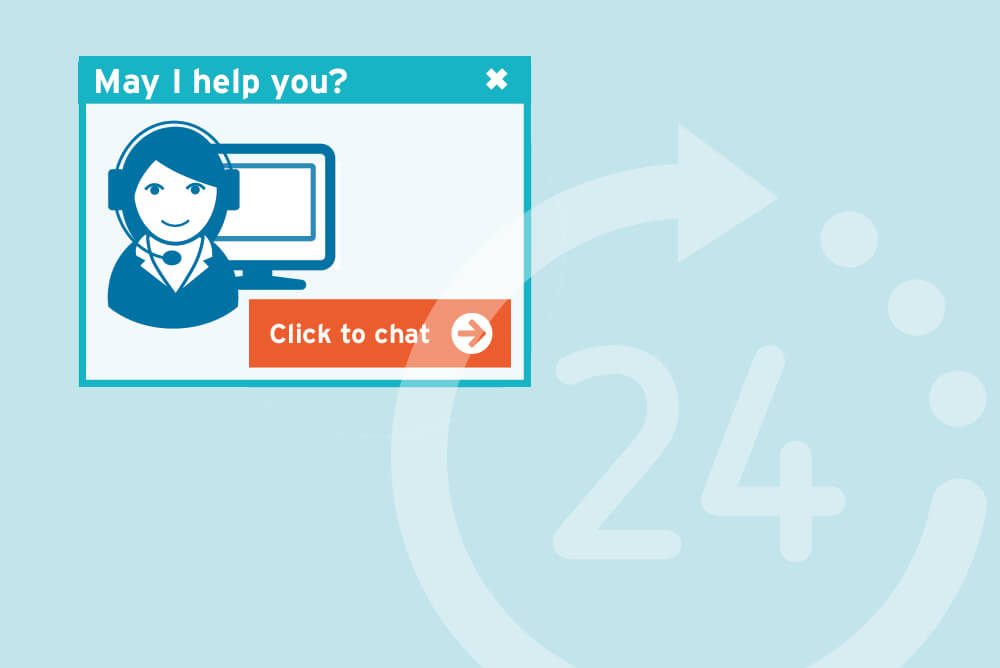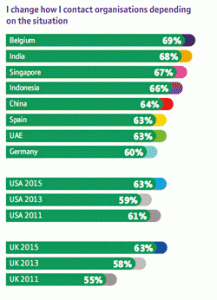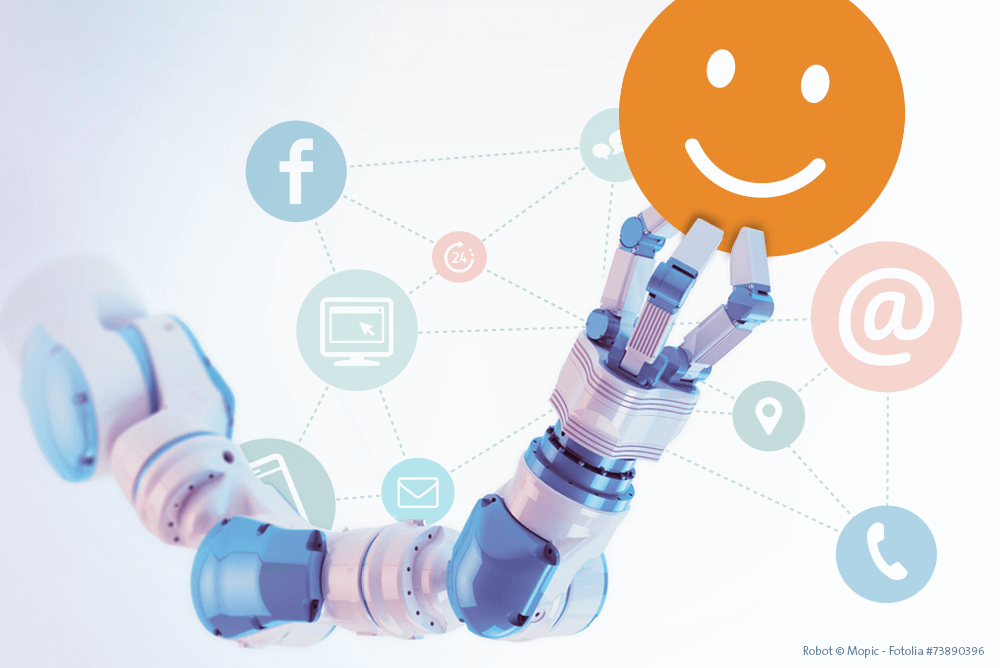In today’s customer service environment, it is essential to offer self-service possibilities. With the use of enabling technologies and features, customers can get the service they require and businesses can provide that service. If intelligent technology is used effectively, the potential for providing contextual, creative service is great and can give businesses a competitive advantage. Businesses can help diminish their overheads by using an already connected customer base to leverage collaborative problem-solving with strong community elements. This is, of course, the ideal situation.
Customer self-service has a bright future that offers more than just lowering the cost of providing support. The expectations of customers can be met and surpassed by accessing information collected from customer interactions across different platforms. Self-serving knowledge bases and systems, coupled with the proliferation of smart devices and data analysis tools, are playing an important role in evolution, as is artificial intelligence.
Correctly built, user-friendly self-service has many obvious advantages for businesses and customers. A proper design of the digital customer journey is key. A customer who is likely to use this service is someone who enjoys searching for information at their own convenience, has a large digital toolbox and expects speedy service.
There are limits to self-service though. The urgency, nature and overall context of the issue at hand will determine how much self-service can be used. Self-service alone often does not present a comprehensive support strategy. For example, a customer can begin the service process with self-service and then require one-on-one interaction halfway through. Part of the context that determines a customer’s service choice is the emotional aspect of their request and the stage or point in the service life cycle that the customer finds him/herself in. Should self-service not be available and convenient for certain customers, businesses need to ensure that other channels are available to deal with the customer’s service issue. Cause as the third edition of the study "The Autonomous Customer1" Avaya and BT Group shows, the increasing autonomy and omnichannel expectation of customers creates enormous challenges for the modern contact center.
Omnichannel drives context, context-awareness drives the future.
According to The Autonomous Customer, geographical, social and other types of context help to define how customers come into contact with organizations. A key concept here is that customers prefer being able to switch between communication channels with minimal effort, depending on the broadest possible understanding of their context. Factors such as personal preference, location, the urgency of their request, other simultaneous activities, their emotional state and the nature of their request all play an important role in determining the customer’s context.
The key to customer service is context, but other areas of business and information management can also benefit from contextualization. Customer service and customer experience optimization and management can be brought together with information management and ECM through the use of context-aware technologies.
The contextual dimension alongside these technologies, devices and channels has raised the demand for customer service across several different channels. The illustration above depicts how respondents reach out to businesses depending on the situation in which they themselves. There are relatively small differences in the responses of respondents from different regions.
A closer look at self-service reveals that, even in situations where a high quality self-service option is being offered, customers still like to have access to other channels as well. Customers appreciate this option particularly when something does not go according to plan.
Self-service is not yet the future of Customer Service
Well-trained agents who are knowledgeable and can handle exceptional and challenging cases will continue to be an important part of the contact center. However, these agents can no longer be expected to deal with any and all cases, as it was before the advent of self-service.
Less challenging routine cases and requests can be channeled to automated processes such as self-service, email and social media in order to give the client service agent room to breathe and work on tasks that really need an expert's knowledge.
Artificial intelligence tools can help to add context to each customer query which, in turn, permits faster and more efficient routing, quicker response times and alleviates traffic for agents to handle the exceptional cases mentioned before. This is one of the ways in which artificial intelligence is becoming more important to the customer service environment. Artificial intelligence can be handy for automating processes, encouraging self-learning opportunities, gaining insights and finding context.
Ask yourself: Could self-service be the future of customer service? Do you think so? Do you know people who think so? Whatever you or others believe, one thing is for sure, there is still a long way to go. What is holding us back from the future is the lack of intelligent systems in the contact center, making knowledge available the right time and in the right context, as well as the fact that self-service is not offered by all businesses at the same level of effectiveness.
Supported Customer Self-service: Back to Omnichannel
The report found a slight decrease in percentages of respondents from the US and UK who felt positive about self-service and thought that it put them in control. But it also shows that self-service is only effective and attractive to customers if it is supported and not the end of a digital customer journey. However, some businesses do not offer adequate support for the self-service customers and processes, which might cause problems or irk the customer if things go wrong. Providing additional communication channels, like chat, email or callback, based on the customers' context is key for a successful service experience and a high customer satisfaction.
The solution is for businesses to offer supported self-service. Practically, this means that businesses need to meet the customers’ needs for different methods when the self-service process presents them with problems. Those channels, in order of priority from respondents are: the telephone for 29% of customers, e-mail for 23% and web chat for 15% of the respondents.
Put differently, businesses shouldn’t throw the baby out with the bath water because of the advent of self-service. The fundamentals, such as customer service interactions, customer journey design and omnichannel communication with customers, still count. For example, a significant majority of the respondents still prefer to see a business’s phone number on each page of that business’s website.
In case you’ve lost touch with the basics, here are some key pointers for a seamless change of channels:
- Create a user-friendly platform focused on efficient search capabilities
- Update information regularly
- Make the message on your self-service system and platform consistent with the message on your business’s other channels (preferably automated)
- Respond to queries asked by customers in the Frequently Asked Questions section of your website
- Put value generation before cost reduction
- Create a community around your product or service and use that community to gauge customer sentiment
- Make connections with data from different channels in order to automatically track customer queries across different channels
1BT Group/Avaya. 2015: Autonomous Customer 2015: On hold for Intelligent Customer Service. Online




